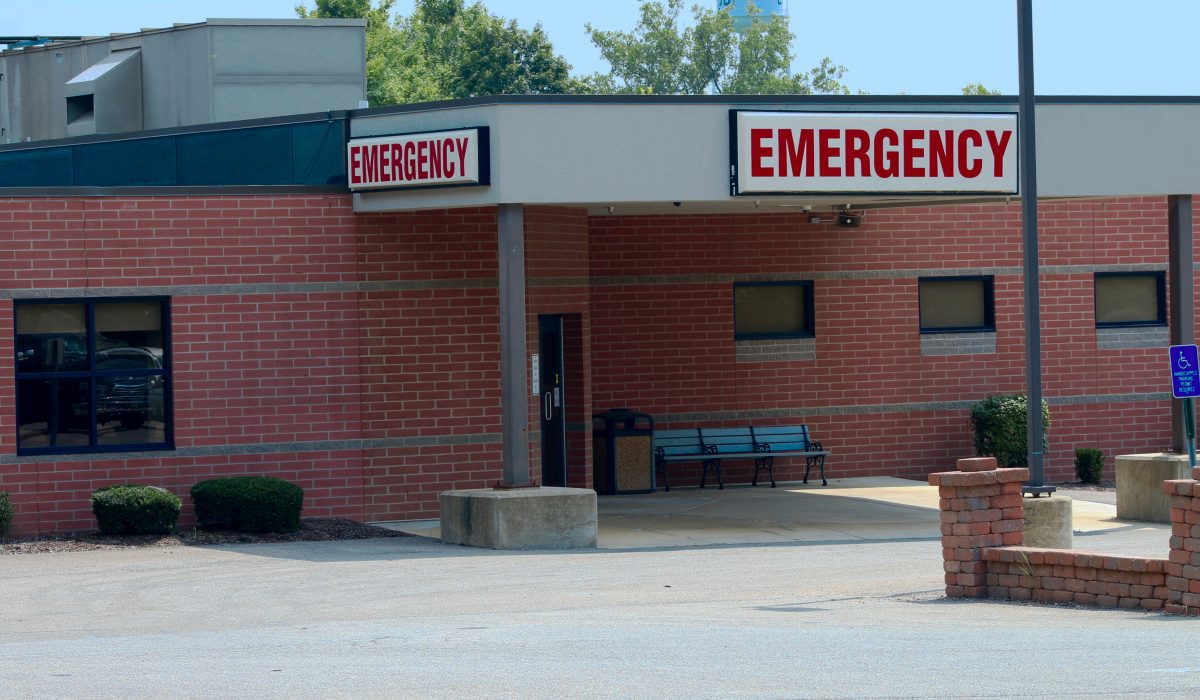https://advis.com/wp-content/uploads/2022/10/shutterstock_1157117221.jpg
The cascading closure of rural hospitals is well documented. Since January 2005, 182 rural hospitals have closed. Those closures include 99 complete closures (facility no longer provides healthcare services) and 83 converted closures (facility no longer provides inpatient care, but continues to provide some healthcare services).[1] Rural hospitals face the prospect of low inpatient volumes, but the continuing need for emergency and other outpatient services endures.
Congress recently established Rural Emergency Hospitals (“REHs”) as a new Medicare provider type to become available January 1, 2023.[2] This mechanism provides for critical access hospitals (“CAHs”) and other rural hospitals[3] in existence as of December 27, 2020, to convert to the REH provider type. REHs are aimed at trying to stem the tide of rural hospital closures and increase healthcare services in rural areas. Advis has developed a model based upon available guidance that can perform a financial feasibility assessment to estimate the impact of an REH conversion for your CAH or eligible rural hospital.
At this time, a statutory framework is in place, along with several proposed rules published by CMS, as more fully set forth below.
Overview
In the REH legislation, “rural emergency hospital services” are defined as emergency department services, observation care, and other medical and health services as defined by HHS. Those services may not exceed an annual per patient average of 24 hours. In proposed rulemaking, CMS outlined the Conditions of Participation (“CoPs”) for REHs[4], which include the following required services: emergency, laboratory, radiologic, pharmaceutical, and nursing. CMS also suggested REHs will be able to provide, at minimum, the following outpatient services: outpatient rehabilitation, surgical, maternal health, and behavioral health services (items and services that are commonly furnished in a physician’s office or at another entry point into the healthcare delivery
system). In further proposed rulemaking[1], CMS explained that for CY2023 “REH services” will include all services that are paid under the OPPS when furnished in an OPPS hospital, except for acute inpatient services. Facilities designated as an REH will not be able to provide any acute care inpatient services.
Reimbursement
With respect to reimbursement, REHs will be eligible for: (1) OPPS + 5%[2] reimbursement for outpatient and emergency services; and (2) a monthly subsidy[3] of $268,294 (annually $3,219,524). CMS is also proposing to reimburse off-campus provider-based locations to an REH at the full OPPS + 5% rate. CMS proposed that outpatient services furnished by an REH that do not meet the proposed definition of REH services (e.g., laboratory, outpatient rehabilitation services, etc.) would be paid at the same rate the service would be paid if performed in a hospital outpatient department and paid under a fee schedule other than the OPPS (e.g., Clinical Lab Fee Schedule, etc.). In addition, post-hospital extended care services provided by an REH in a skilled nursing facility unit will receive payment through the Skilled Nursing Facility Prospective Payment System.
Staffing
The emergency department must be staffed 24 hours a day, seven days a week. Since the statute does not speak to the type of staff required to fulfill this role, CMS proposals include flexibility for REHs in determining appropriate staff for emergency department coverage. Namely, individuals staffing the emergency department should be competent to receive patients and activate appropriate medical resources for the treatment of the patient, which includes but is not limited to notifying a practitioner of the patient’s arrival. Staff may include a nurse, nursing assistant, clinical technician, or an emergency medical technician. In addition, CMS proposed to require the REH to have a professional healthcare staff that includes one or more doctors of medicine or osteopathy, and may include one or more physician assistants, nurse practitioners, or clinical nurse specialists. Further, CMS proposed that a registered nurse, clinical nurse specialist, or licensed practical nurse be on duty whenever the REH has one or more patients receiving emergency services or observation care.
Telehealth
The CAA 2021 added REHs to the list of permissible telehealth originating sites. Recognizing the important role telemedicine is likely to play in the provision of care by REHs, CMS proposed to
establish an efficient process for REHs to credential and privilege clinicians who provide telemedicine services for the REH’s patients. Similar to hospitals and CAHs, under certain circumstances, when telemedicine services are furnished to the REH’s patients through an agreement with a distant-site hospital or telemedicine entity, the governing body of the REH whose patients are receiving the telemedicine services may choose to have its medical staff rely upon the credentialing and privileging decisions made by the distant-site hospital or telemedicine entity when making recommendations on privileges.
State Licensure
CMS left several questions open, many of which will seemingly be answered via state licensure processes.[1] Currently, at least three states have passed licensure rules for REHs (Kansas, Nebraska, and South Dakota), and at least two states have proposed rules or established committees (Iowa and Texas) to address the same. It is anticipated that additional states will now consider REH rulemaking as the initial federal rules have been proposed.
In Summary
The REH provider type provides a potential opportunity for CAHs and other specific rural hospitals that were in existence as of December 27, 2020, to consider, particularly if the CAHs are struggling to fill inpatient beds. It also provides an opportunity to right-size services and retain a necessary healthcare resource in the community.
As noted above, Advis can perform a financial feasibility assessment and assist CAHS in strategic planning/design to facilitate the REH conversion process.





